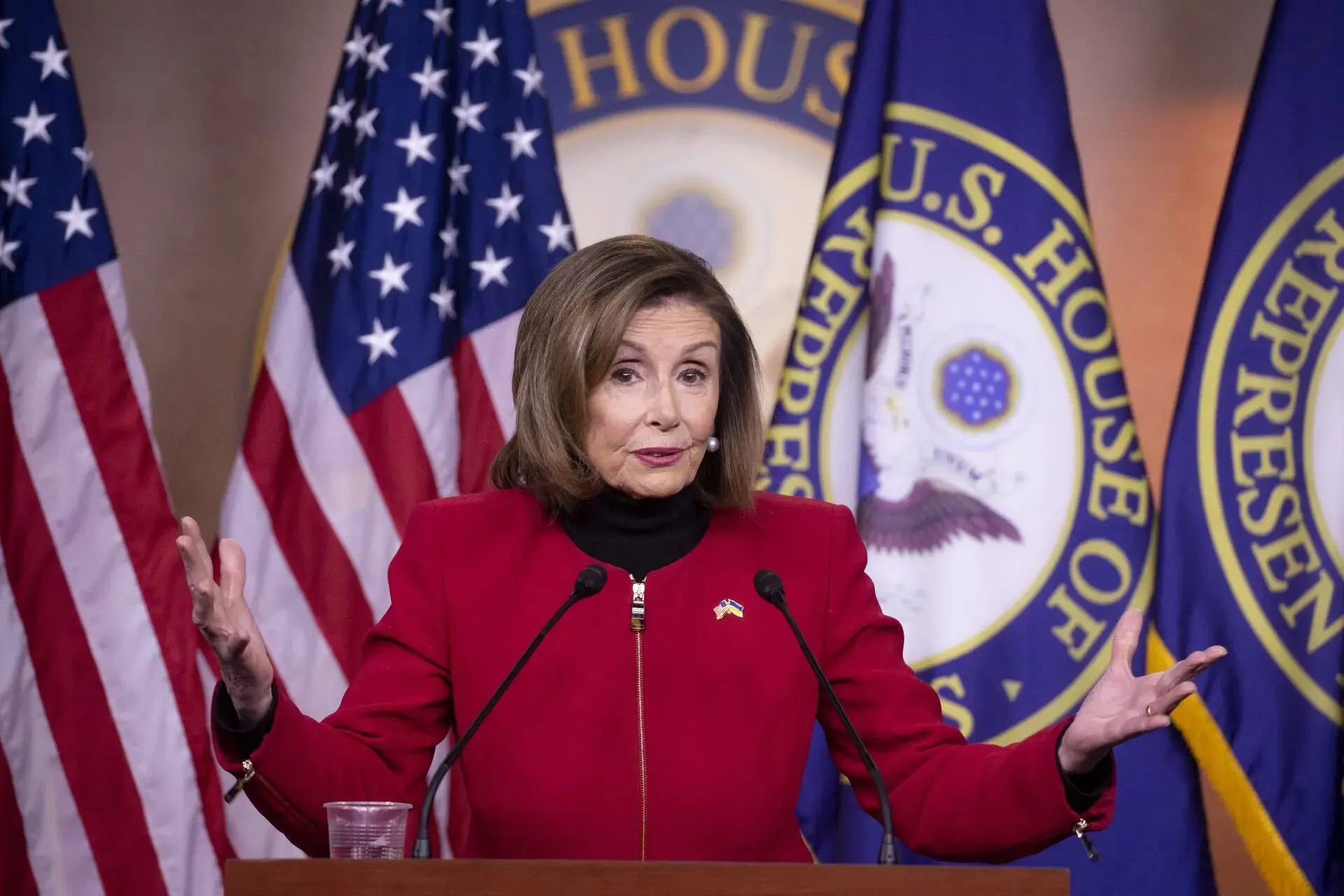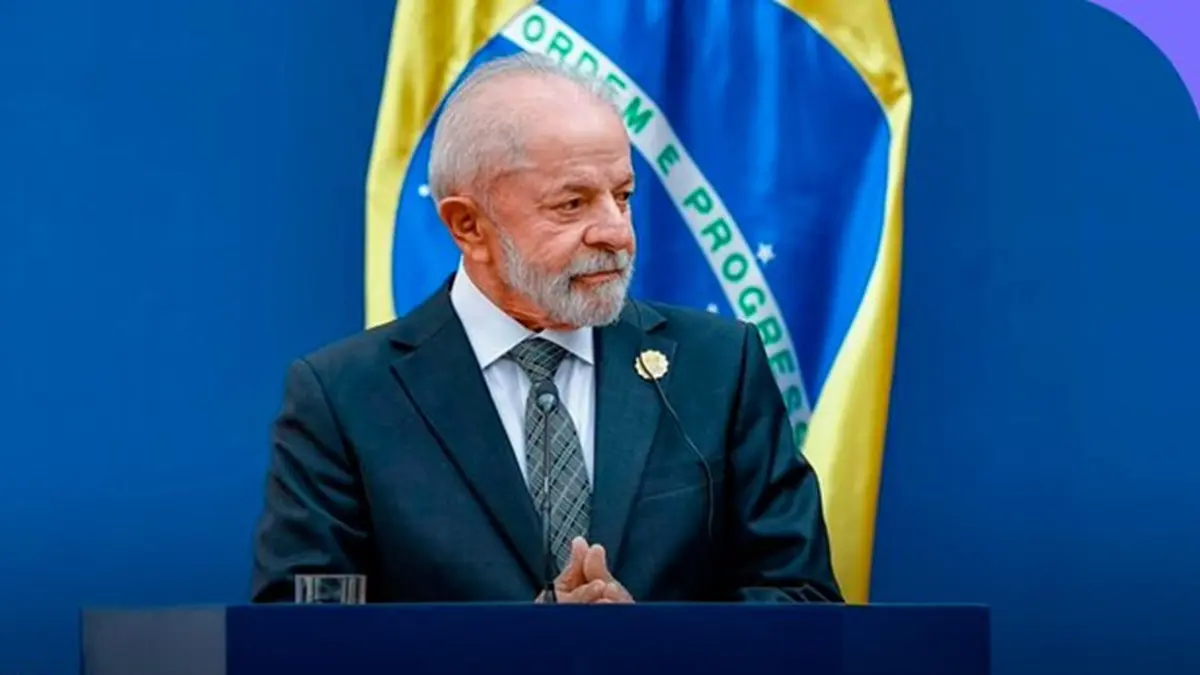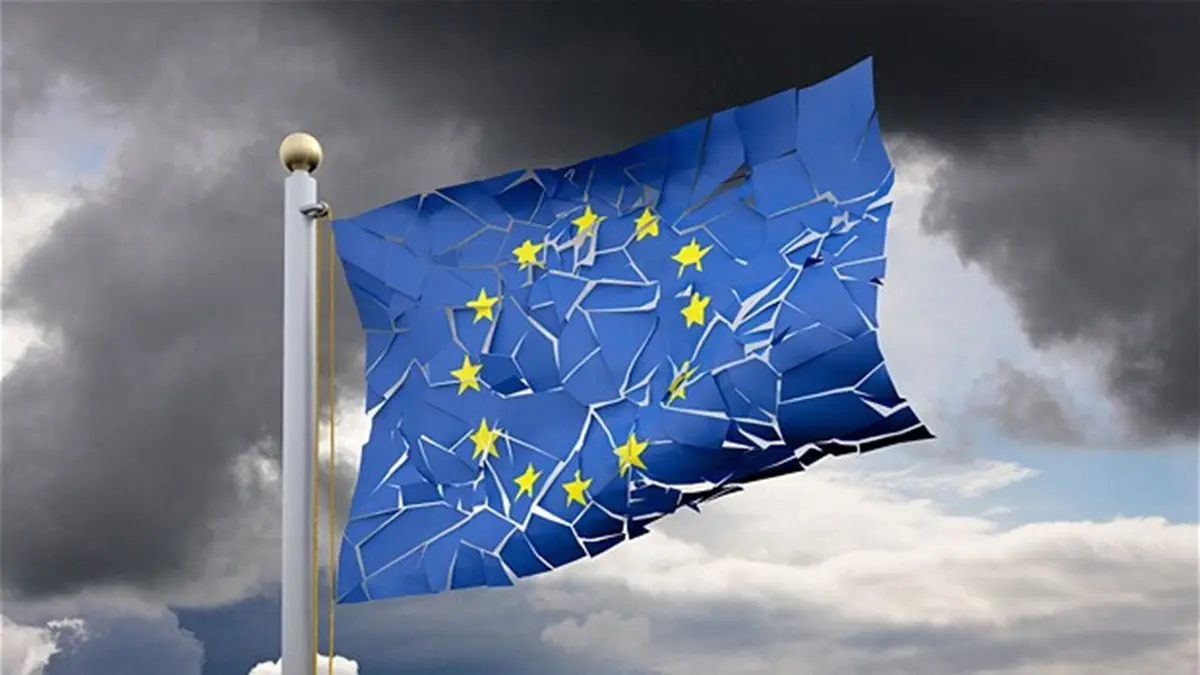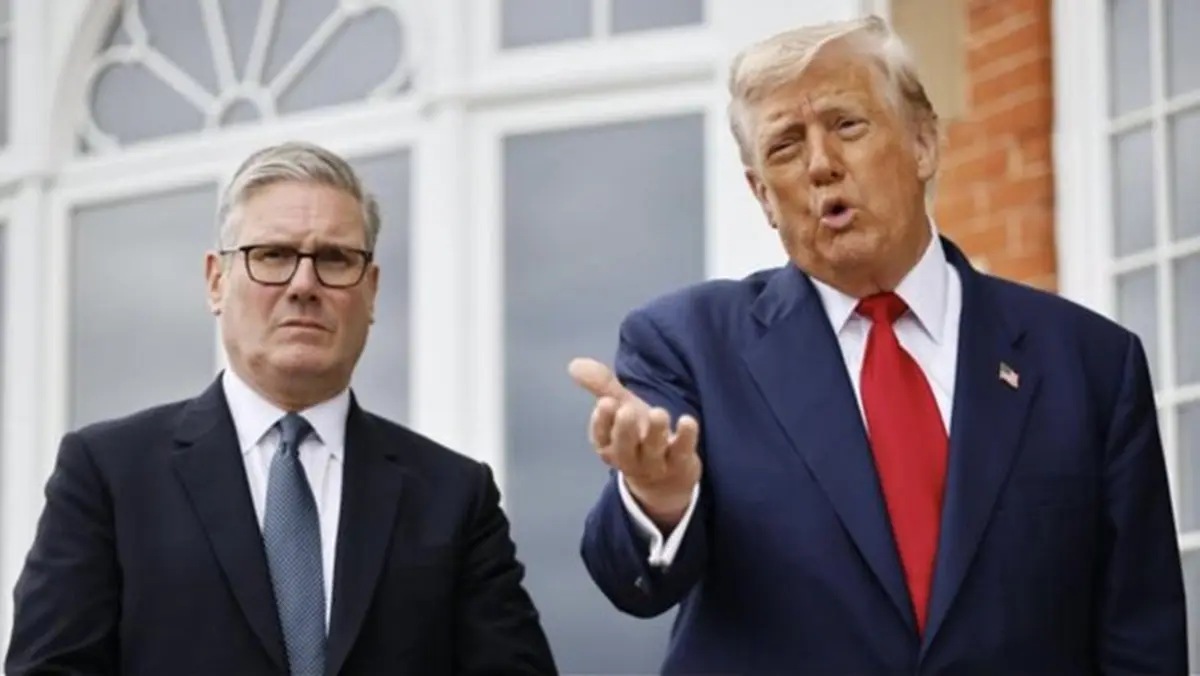New U.S.-EU Deal: Redefining Power, Economics, and Global Dependency
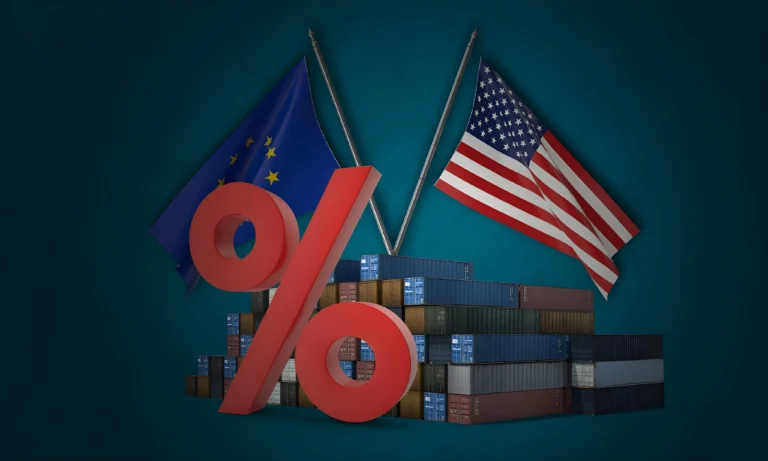
July 30, 2025 Hour: 7:19 am
The relation between the United States and the European Union has historically been characterized by a strong alliance, grounded in democratic values, economic and technological cooperation, and, especially, in matters of security and defense.
Both blocs, leaders in global economics and strategy, have experienced everything: from cooperative milestones to commercial and political disagreements that have tested the strength of their bond.
Context of the Agreements
Over the course of 2025, after months of tensions and intense negotiations, a new agreement was sealed, aiming to redefine the rules of exchange between these two giants.
On July 27, 2025, U.S. President Donald Trump and European Commission President Ursula von der Leyen formally agreed on the terms governing the new phase of commercial, energy, and technological relations between the EU and the United States.
Far from being an ordinary treaty, this pact arises from the need to avert a costly trade war that threatened to drive up global prices and undermine market stability. Tariffs, energy security, and technological control dominated the agenda and the outcome.
Key Elements of the Agreement
- 15% Tariff: The United States imposes a flat 15% tariff on most European products exported to its market, affecting nearly 70% of EU exports to the U.S. This is the highest tariff in decades between the two blocs.
Certain strategic sectors, such as aircraft, select agricultural products (nuts, fish, cheeses, dairy, and pet food), machinery, automotive components, and chemical products, will be exempt from the new tariff or maintain reduced rates.
- Steel and Aluminum: These products will remain subject to a 50% tariff unless additional sectoral agreements are reached. The possibility of implementing a quota system to avoid disproportionate impacts on European industry is under consideration.
- Automobiles: The tariff is reduced from a previous 27.5% to the current 15%, slightly easing pressure on the European automotive industry, particularly Germany.
- European Commitments: The European Union commits to purchasing U.S. energy products (liquefied natural gas, oil, and nuclear technology) worth $750 billion over the next three years.
Additionally, it will increase its investments in the U.S. by approximately $600 billion and accelerate arms purchases from American companies.
- Technology and Semiconductors: Part of the agreement includes the purchase of U.S. chips to fuel artificial intelligence development in Europe, as well as mutual support in critical supply chains.
Implications and Benefits of the Agreements
1. Avoiding a Trade War
One of the agreement’s key achievements has been halting the tariff escalation that threatened to hit the world’s two largest economies.
Analysts argue that the 15% tariff is less damaging than the 50% tariffs the Trump administration had threatened.
The immediate consequence has been relative market stabilization and the protection of millions of jobs in both Europe and the United States.
2. Stability and Predictability
Both blocs assert that the pact provides a stable and predictable framework for transatlantic trade relations in an increasingly volatile world.
However, critics argue that this “stability” comes at the expense of European competitiveness, granting excessive leeway to the U.S. without sufficient compensation.
3. Economic Impact
The expected economic impact is mixed. For Europe, the imposition of an average 15% tariff, compared to the previous 1.2% average, deals a severe blow to its exports.
Estimates suggest the agreement could reduce EU GDP by 0.5%, raise prices for U.S. consumers, and shrink profit margins for importing businesses.
At the same time, the obligation to purchase large volumes of U.S. energy could alleviate Europe’s energy crisis, triggered by the war in Ukraine, but it also increases dependence on external supplies.
Meanwhile, the rise in investments and market access for U.S. industrial products protects business interests on both sides, though with a clear bias toward the U.S.
4. Geopolitical Dimension
The pact goes beyond commerce. The U.S. and Europe seek to present a united front against China’s rise and drastically reduce European reliance on Russian energy.
Additionally, technological coordination aims to ensure Western supremacy in high-value sectors like artificial intelligence and semiconductors.
Criticisms and Challenges
Asymmetry and Perceptions of Surrender
One of the most recurring criticisms points to the agreement’s clear asymmetry: while the EU accepts significantly higher tariffs on most of its exports, the U.S. secures preferential, and often tariff-free, access for much of its industrial and technological goods.
Many French and Hungarian leaders, as well as EU parliamentarians, have labeled the deal a “capitulation” to American dominance, arguing that the EU gives more than it gains.
Impact on SMEs and Strategic Sectors
The Federation of German Industries and other business groups have warned that the massive influx of American products could stifle the competitiveness of European small and medium-sized enterprises (SMEs).
Likewise, steel-intensive and automotive exporters regret that the pact did not provide sufficient protection against the new tariffs.
Lack of Transparency
Another major criticism targets the opacity of the negotiations. Many lawmakers believe the European Commission yielded prematurely to U.S. threats without activating safeguards or leveraging the strength of the European internal market.
International Reactions
Russia was quick to react, calling the agreement an “anti-Russian” move and predicting further European deindustrialization and dependence on the U.S., weakening the continent’s strategic autonomy.
This stance seeks to exploit any cracks in transatlantic unity amid the war in Ukraine and hemispheric rivalry over resources and geoeconomic power.
Toward a More Balanced Transatlantic Relationship
The new trade agreement between the United States and the European Union profoundly redefines transatlantic relations, combining economic pragmatism, energy needs, and strategic alliances in a transforming world.
While it averts a devastating trade war and provides short-term stability, the asymmetric concessions, growing energy dependence, and challenges to European competitiveness have sparked intense criticism and internal debate.
Looking ahead, the real challenge will be transforming this agreement into a platform for more balanced and resilient cooperation, capable of addressing global challenges with autonomy and shared vision.
The future of the transatlantic relationship will depend on both sides’ ability to learn from this pact and forge not just ties of convenience, but a genuine alliance that serves the interests of their societies in an uncertain world.
Author: Silvana Solano
Source: TeleSUR


